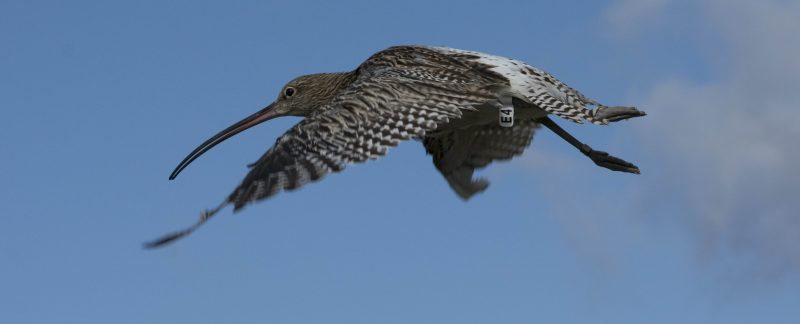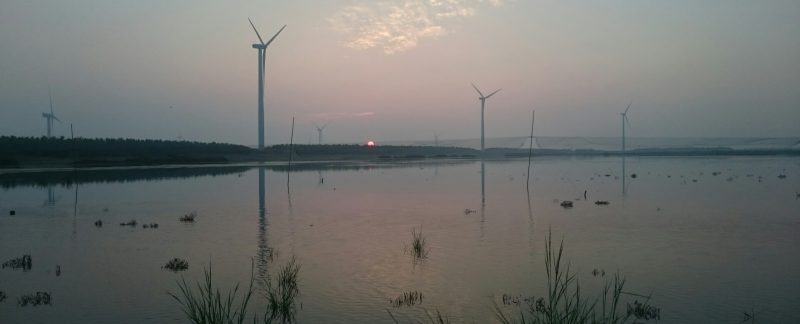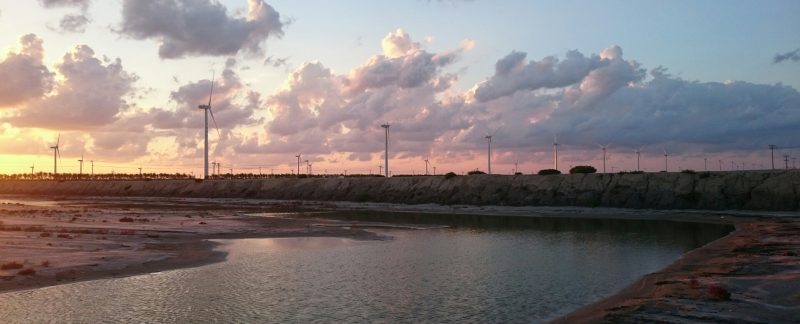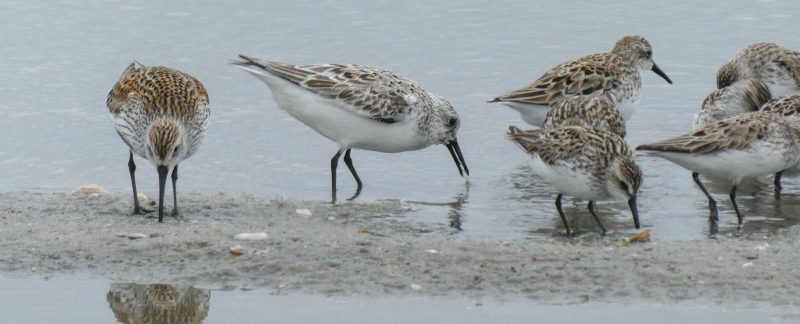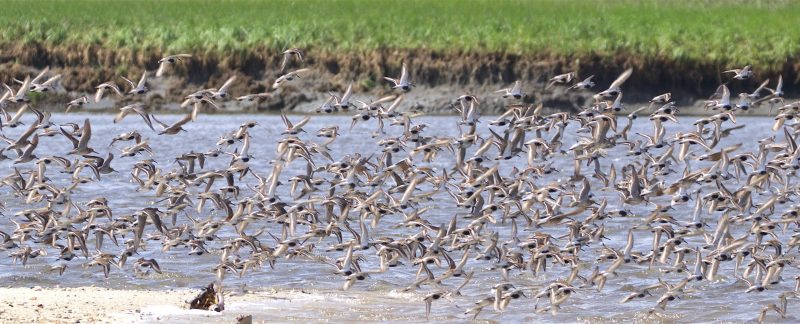If there is one preoccupation that unites the British above all others, it is discussion of the weather. The variable dominance of arctic maritime, polar maritime, polar continental, tropical maritime and tropical continental air masses cause rapid and variable changes in weather (and much conversation). Wind and rain can severely curtail fieldwork undertaken by the group; consequently following online weather predictions is fast becoming a collective obsession. The cold, snowy spell last year (22 February – 5 March) was so unusual that the press dubbed it ‘The Beast from the East’. This cold wave was officially named ‘Anticyclone Hartmut’, and brought widespread, unusually low temperatures and heavy snowfall to large areas. It combined with Storm Emma, which made landfall in southwest England and southern Ireland on 2 March. A milder repeat episode dubbed the ‘Mini-Beast from the East’ occurred on the weekend of 17 March 2018.
Continue Reading →